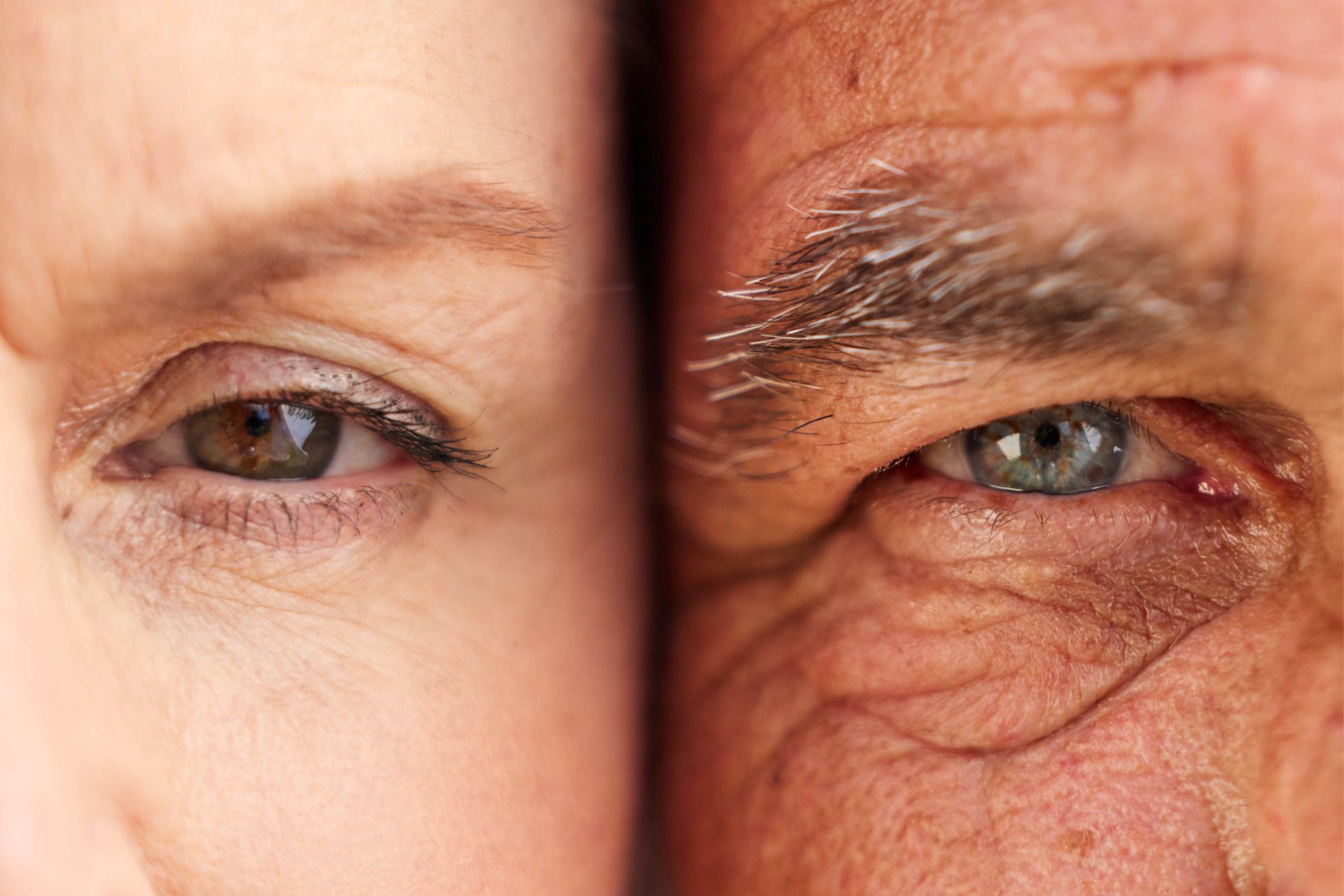
A picture speaks a thousand words
They say that a picture speaks a thousand words and nowhere is this more accurate than in the image of Rachel Reeves, the Chancellor of the Exchequer, crying during a heated debate in PMQs.
As Sir Keir Starmer stood at the despatch box, Reeves sat behind him, visibly distressed, wiping tears away from her face. For the Chancellor, there was nowhere to hide as leaving her seat would only have made matters worse.
Soon, the image had gone viral, making headlines across the globe and unsettling international markets. As the tears fell, so did the pound, dropping 1% against the dollar. Meanwhile, government borrowing costs soared in one of the biggest single day-moves in bond prices since the turmoil caused by Truss’s infamous mini-budget in October 2022.
The markets were responding to the uncertainty over Reeves’s future, putting the government’s strict fiscal rules in doubt.
Meanwhile, the image sparked a wider cultural debate with commentators wading in with their thoughts as to whether it’s ever appropriate to cry in the workplace.
Images are powerful – we only need to look at the history books to appreciate this. Whether it’s the striking image of a little girl, running naked towards the camera after a napalm attack during the Vietnam War, or one protestor’s defiance, standing alone to face a barrage of tanks in Tiananmen Square.
A particularly heartbreaking example that still haunts me to this day is that of the lifeless body of three-year old Alan Kurdi, lying face down on the shoreline of a Turkish beach. This one photograph humanised the desperation of Syrian refugees and put pressure on world leaders to respond more urgently to their plight.
As communicators, just as we need to be mindful of the words that we use, so too do we need to be aware of the images we select.
We have a fantastic opportunity to challenge stereotypes through our choice of imagery. But equally, our image selection can serve to reinforce inaccurate and harmful perceptions, if we’re not mindful.
For example, images that depict older people as weak, ill or frail fail to capture the diversity of older people’s experiences. The hackneyed, close up shot of a pair of wrinkled hands is dehumanising and encourages the public to see older people as the subject of pity.
As the Centre for Better Ageing concludes in its excellent Doddery but Dear – Examining age related stereotypes[1]: “Later life needs to be recognised as much a time of diversity as any other age. One of the ways to do this is to readdress the balance and encourage more realistic depictions of ageing…”
The same can be true of other stereotypes such as only showing women carrying out childcare or domestic chores, only depicting men as being responsible for financial security or linking a person from the Black, Asian and Minority Ethnic community as being involved in criminal activity.
Simultaneously, while we need to acknowledge the power of images, we also need to appreciate their limitations and, as communicators, it may sometimes be necessary to think outside the box.
For example, according to the Welsh Government’s Inclusive Communications Guide, about 80% of impairments are not visible, so this audience may need to be represented through other vehicles, such as storytelling.
Time and time again, history has shown that images can move the needle – from market volatility to policy change. And just as we need to choose our words wisely, we need to apply the same due care and attention to the images we select.
This article was written by Freshwater’s director and committee member of the PM Forum in Wales, Carolyn Pugsley and featured in the Western Mail on 14 July 2025.
[1] https://ageing-better.org.uk/resources/doddery-dear-examining-age-related-stereotypes
